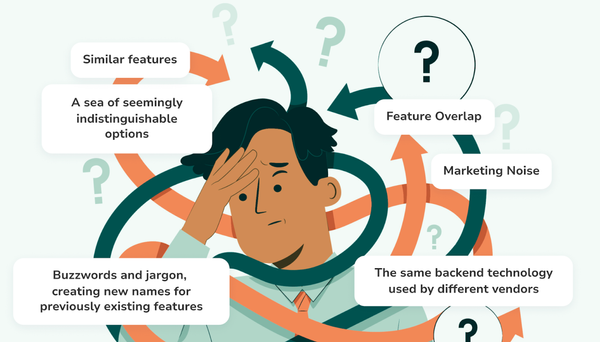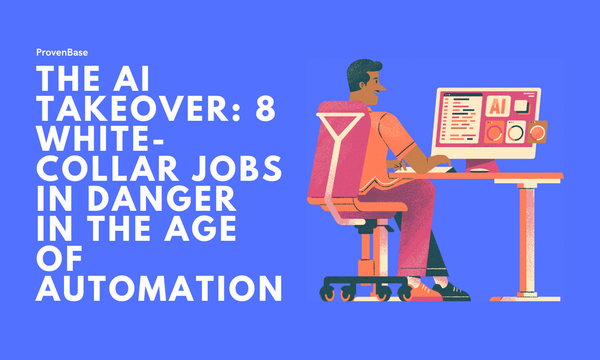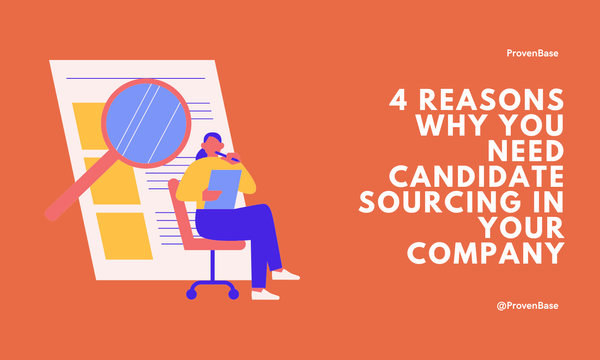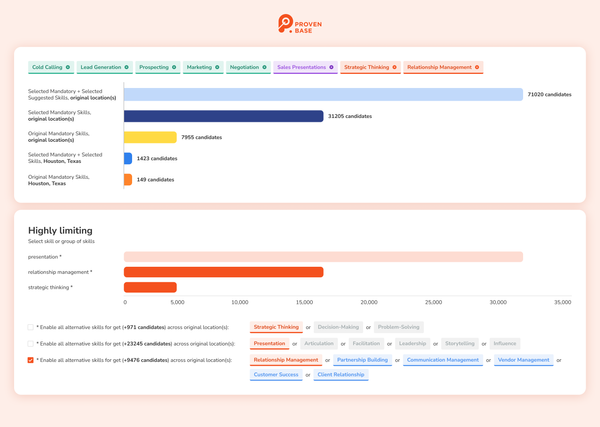Diversity, Equity, and Inclusion (DEI) Trends 2022
Diversity trends in the workplace can be hard to spot, especially when you're hyper-focused on your own organization's success. We rounded up some industry heavy-hitters in the sourcing and recruiting space to talk about DEI trends that they expect to see in the upcoming year.
In this special two-part webinar, Diversity Sourcing and Recruiting Trends for 2022, we picked the brains of three talent specialists to go over some things that hiring managers should be prepared for. These trends have been set in motion due to the Great Resignation and we’ll see them coming full force in this next year.
In part 1, we picked the brains of Tracy L. Bradley, Brunswick DEI Talent Specialist, Tim McMurtry II, Community Relations Manager at Employ Milwaukee, and Lisa Smith-Strother, ProvenBase Diversity Advisor & Relx VP & Global Head of Employer Marketing.
As our host beautifully put, “This is a conversation that is important because our world is full of talent and with commitment to DEI we turn a market of tight talent pools to a market of talent oceans.”
“This is a conversation that is important because our world is full of talent and with commitment to DEI we turn a market of tight talent pools to a market of talent oceans.”
Hiring for Culture Add vs Culture Fit
To understand this trend, we first need to understand the difference between culture add and culture fit. Tracy dived in and told us that culture fit is "the likelihood that someone will reflect and be able to adapt to the core beliefs, attitudes, and behaviors of an organization."
On the other hand, culture add is defined by the likelihood that not only will they do what they can do if they fit in, but they will also bring an aspect of diverse opinions, experiences, and specialized skills which enhance not only the team but the overall culture of the organization.
While culture is a key fit, we want to keep in mind that a lot of our unconscious bias comes in when we’re looking for people to “fit in” and be like us. Tracy gave a great example of how the tech company Pandora did away with culture fit as a competency rating and they moved to culture add. This allowed them to go from single digit representation of women in the workforce to 49% women.
Tracy's tips for moving towards culture add:
1. Check your own bias. We all have it! We have to check ourselves before building a broader culture for the organization.
2. Look for key competencies, commonalities, and skills.
3. Use metrics or analytics to guide your strategy and how you set up your score card. Make sure everyone is using the same rating scale.
4. Standardize your resume review process and consider incorporating blind resume screening.
Watch the clip to hear Tracy talk through these.
Adding Unbiased Sourcing Methods
One trend definitely taking off is tools and strategies that help to mitigate unconscious bias from the start. These tools allow recruiters and employers to search talent using anonymized information that is commonly associated with unconscious bias, such as names, gender, and even schools attended.
More and more job seekers claim that diversity in a company is a top quality, so to be able to attract top talent, it's important to build unbiased sourcing into your talent acquisition process.
Lisa talked about how, of course, it's impossible to remove our own bias, but using sourcing tools and strategies that can then be communicated to the candidate is a great first step at developing a transparent and inclusive hiring process.
Lisa's advice? Take a look at sourcing technologies, like ProvenBase, that build DEI into the core of their platform.
No Degree, No Problem
Tim jumped on this topic with,“Research from the Wall Street Journal suggests that 1.4 million jobs will open to people without college degrees in the next 5 years if employers continue to lower their education requirements at the current rate.”
The degree requirement has long been the go-to for how employers feel confident that they are getting the top talent. Unfortunately, it's also been a way to lock out a huge portion of the population from the hiring pool.
Tim quoted stats from National Center for Education Statistics that showed that of Americans over the age of 25, only 33% white, 19% black, and 16% latino hold bachelor's degrees, eliminating large percentages of otherwise qualified individuals.
Degree inflation was responsible for as many 6.2 million workers potentially missing out on job opportunities for which they were otherwise qualified. -Forbes
Tim told us that if this trend of lowering degree requirements continues, we can expect to see:
1. Increased candidate confidence - candidates will no longer have to hesitate when approaching job opportunities because of a lack of a degree
2. Foster creativity for problem-solving in the organization. While they might not have the degree, they do have hands-on job experience that can be used to strengthen the company.
3. Increase in chances of finding the best candidate - overlooking too many qualified candidates
Listen to the webinar to hear his full breakdown.
Sourcing From Unrepresented Talent Pools
Tracy broke down this topic for us with some hard facts:
- 19% of companies say their revenues grew when they became more diverse
- 1.7x more likely to be innovation leaders in their market segments
- 85% of CEOs saying that a diverse workforce helps to improve their bottom line
The stats are there. We know that diversity is important. People always seem to get caught up on the how. How do we do it? How do we attract diverse talent?
Tracy's biggest takeaway was to learn where to look for diverse talent. It's time to learn how to expand your talent pool! She gave us a great list of schools and organizations to start with when building out your pipeline. The time invested will be worth it when you find a partner that consistently adds to your pipeline.
She also reminded us of something important: Culture is key. The culture has to be there before the fit can be found. Take steps to build an inclusive culture before you start sourcing.
Listen to get Tracy's list of top organizations to start building relationships with.
A.I. and Automation in DEI and Recruiting
A.I. can be hugely beneficial to helping companies mitigate unconscious bias in the recruiting process. Of course, looking for a tool, like ProvenBase, that is focused on diversity from the start, should be top of mind.
Lisa gave us her list of must-haves when looking for a tool that can build more diverse candidate pipelines. Some features to look out for are ease of use, advanced filtering to be able to find candidates based on skills or experience, anonymity filters to mask names, schools, and other identifying information, and in-depth user analytics.
Lisa's biggest takeaway for us was that all organizations deal with a lack of resources, knowledge, and time. Working with automation tools and A.I. technology helps to give back time and make better use of those limited resources.
DEI + B(elonging) = Healthy Organization
What does organizational belonging mean? It provides an atmosphere where staff and members of the organization feel welcome, participatory, included, and valued as a member of the team.
To keep employees committed to the vision and the organization, it's important to create a sense of belonging for the team. How can this be accomplished?
Tim offered some great ideas:
- Celebrate all victories - large and small! Lunch at the office doesn't have to be reserved for big sales wins. Give regular shoutouts to team members who go above and beyond.
- Think about how people feel. It’s not a one-size-fits-all. A leader has to be both thermostat and thermometer. You can stay attuned with how people are feeling and if they’re getting incorporated into the team. As the thermostat, if you see toxicity playing out in departments it’s your job to turn down the temperature and stomp that out.
- Embrace a culture of difference. Move away from conversations like “we’re all cut from the same cloth”. No, we’re trying to cultivate diverse opinions and diverse perspectives that stem from these individual experiences. That brings a richness to the organization and helps you to see different things, which, of course, broadens your horizon. It’s better to be able to see 360 degrees than 275.
- Focus on building together. Making individuals feel like a valuable member of a team will create more productive and engaged employees.
"That brings a richness to the organization and helps you to see different things, which, of course, broadens your horizon. It’s better to be able to see 360 degrees than 275."
We had some amazing questions in the follow up Q&A. Watch the webinar to hear those. And don't miss DEI Trends Part 2!
If you're looking to move your organization to a more inclusive and diverse workplace but have no idea where to start, book a demo and let's talk about how ProvenBase can get you there.




